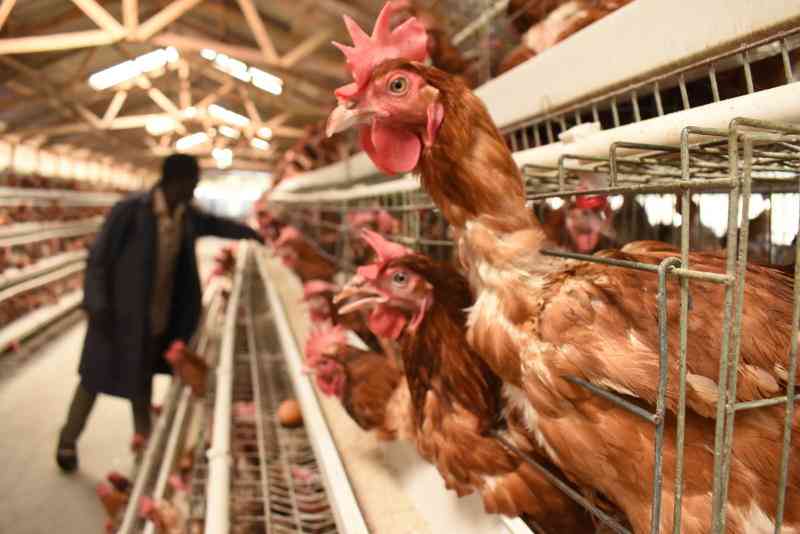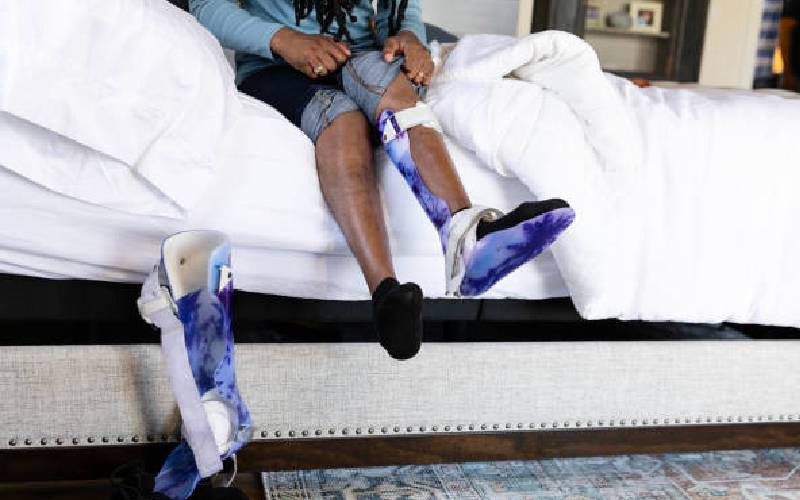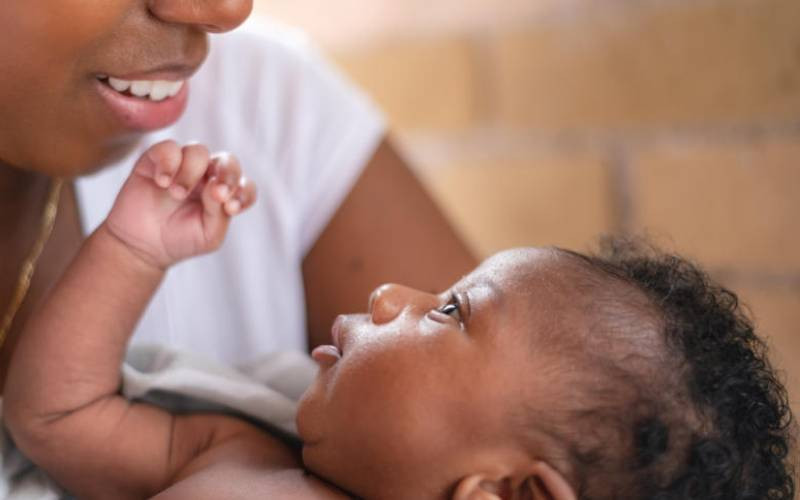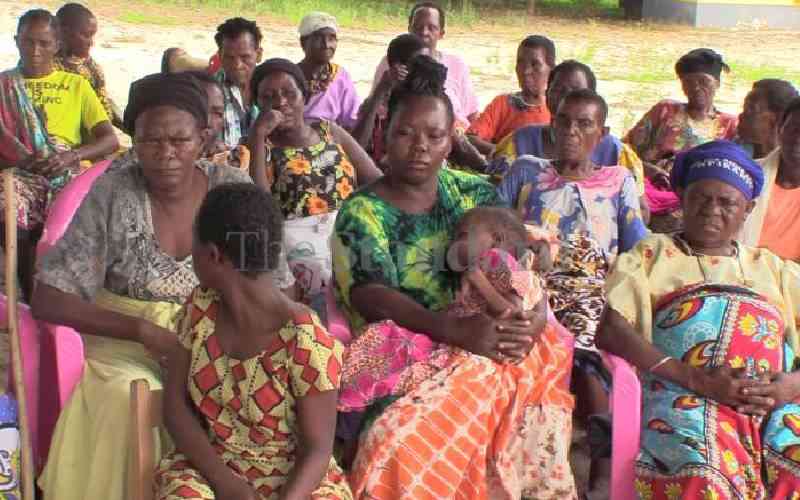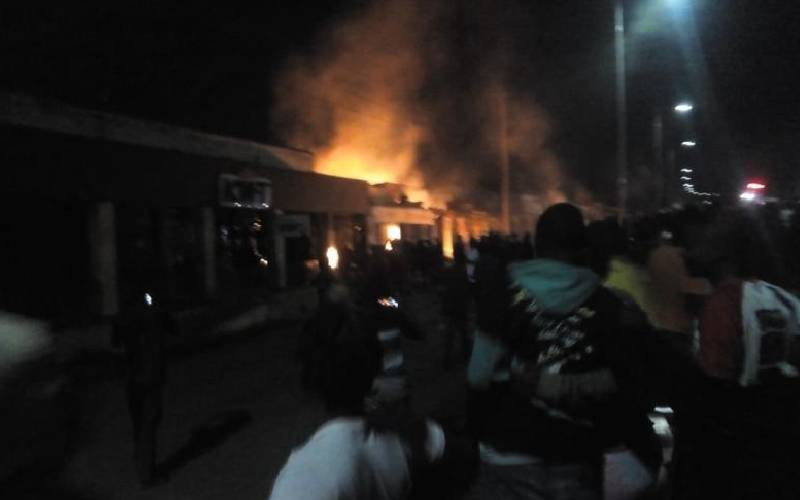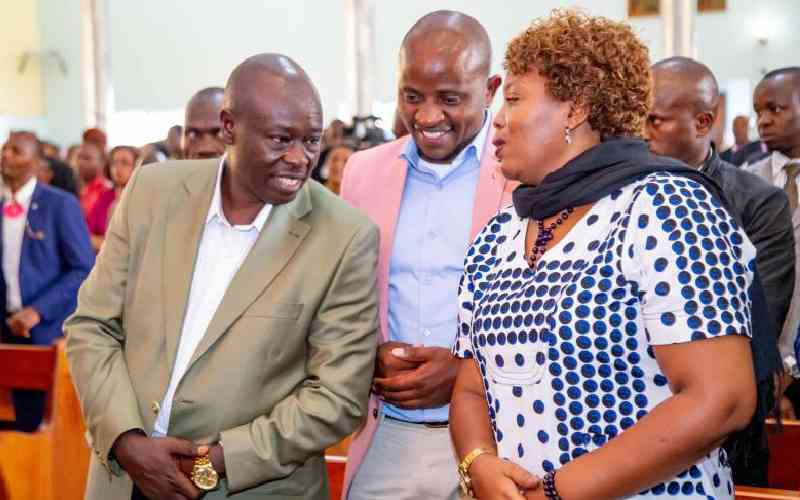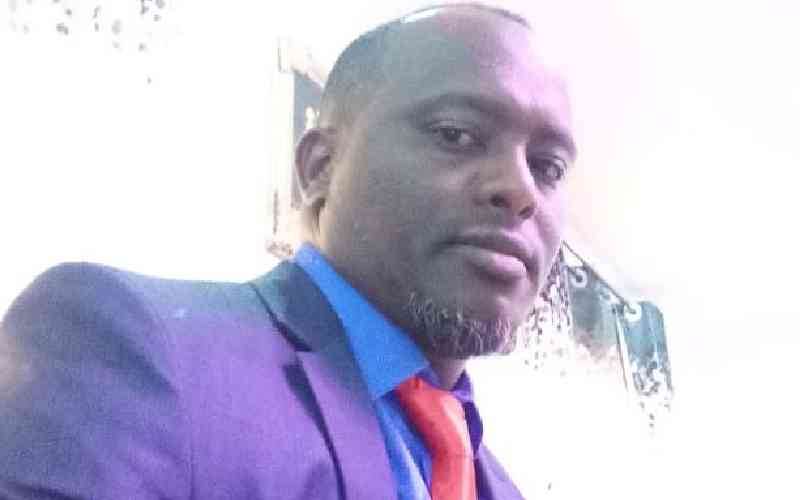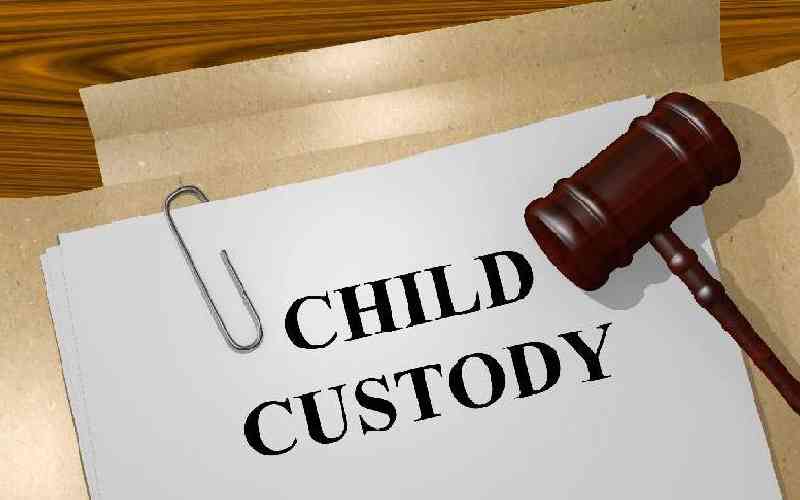Every mother wants to give birth to a healthy baby; one who is strong and ready to face the world.
Life, however does not always work that way and sometimes babies are born with cerebral palsy and their parents do not realise it immediately.
Michael Gisore, 43, from Kawangware understands that only too well. When their second child was born 15 years ago, they were over the moon.
They named the bouncing baby boy Leakey, and he was just like any other toddler for the first few months of his life.
He suckled and slept like all babies do but at six months, his parents noticed something was not right.
“We noticed that he could not even turn his neck when he slept like babies of his age do,” says Gisore.
“He was supposed to be learning to sit at this age but that was not happening.”
At that time, the father of three lived in Kisii with his family and the health institution they took the boy to did not have facilities needed to care for him after the doctors there diagnosed his condition.
He decided to move to Nairobi so as to get help for his son. “We moved from the village to Kawangware so that I could take my son to Kenyatta National Hospital for therapy,” he says.
For a whole year, Gisore took Leakey to KNH for therapy. He had to do that twice per week, and the distance was taking a toll on him.
He decided to look for a facility that could offer same services, but which was closer to where he lived. He settled on the Association of the Physically Disabled of Kenya clinic on Waiyaki Way.
“The cost of registration at KNH was Sh500 and every therapy session cost Sh200.
At APDK, we would spend about Sh700 per week. It was very expensive given I do not have a permanent job,” he says. “On the days I took him for therapy, I had to miss work and I am the sole bread winner for my family.”
It was an uphill task, till he heard about Feed the Children, a non-governmental organisation that offers free therapy to children living with cerebral palsy.
“A friend told me about Feed the Children and I only had to spend on fare which was not much because the clinic was even closer to where I lived.” At fifteen, Leakey can now walk, and sit, read and write too.
Stay informed. Subscribe to our newsletter
With the assistance of Feed the Children, he was enrolled in a boarding school where he still attends therapy sessions with his peers.
For 31-year old Alice Wacuka from Waithaka in Nairobi, life was even harder.
When she gave birth to a child with cerebral palsy, her husband stopped supporting her.
“My daughter is now eight years old but when she was born, her father left us when it became apparent that something was wrong,” she says.
Wacuka, a mother of two, noticed something was wrong with her daughter, Joan Wambui, when she was six months old.
Just like Gisore’s son, Joan could not walk or sit and her mother thought she was developing rickets.
“I first took her for a diagnosis when she was 10 months old but I still thought she had rickets so I did not leave the hospital knowing what her problem was, even though I was advised to take her for therapy sessions,” she says.
A friend who also has a child with cerebral palsy recognised what Joan was suffering from and advised Wacuka to go to Feed the Children rehabilitation centre.
Joan was assessed to determine the severity of her condition and she was started on therapy.
Nowadays, she too, can sit, walk, feed herself as well as cloth herself . She also attends school.
“Before a child with cerebral palsy is started on therapy, he or she has to be accessed to determine what kind of cerebral palsy he/she is suffering from and the best way therapy can be conducted,” explains Steve Muga, an occupational therapist and the coordinator at Feed the Children rehabilitation centre.
He says cerebral palsy is a neurological condition and therapists will often do a neurological assessment to check the child’s reflexes, muscle tone and strength.
“A child with cerebral palsy has a degree of brain damage and the severity of the damage determines the treatment,” Muga says, adding that the degree of brain damage can be gauged through the limbs.
He explains that cerebral palsy can be caused in three different stages: before birth, during birth and after birth. Most of their clients at Feed the Children acquired the condition after birth.
“Failure of a baby to cry immediately after birth can cause cerebral palsy,” he says. “Crying is critical for a baby after birth because it opens up the lungs and enables it to breath. Most of the children we receive at the rehabilitation centre are those who did not cry after birth.”
Having worked with cerebral palsy patients for at least seven years, Muga points out that there are many myths surrounding the condition and even though it is common, it is not well understood. Some people believe that a child (born) with cerebral palsy has been bewitched. “This belief makes some parents take time to accept the condition and they take longer to seek help.”
Even though cerebral palsy is a non-progressive condition, Muga points out that if not managed, it can lead to permanent disability.
“Cerebral palsy presents itself in four forms: spastic where the muscles are tight, floppy where the body of a child may appear wobbly, athetoid where a child’s movements are jerky and there is a fluctuation of muscle tone and the final one is a child with a combination of two forms,” he explains.
“If a child does not seek help and say therapies are not done to help with movement, a child may develop disability.”
 The Standard Group Plc is a
multi-media organization with investments in media platforms spanning newspaper
print operations, television, radio broadcasting, digital and online services. The
Standard Group is recognized as a leading multi-media house in Kenya with a key
influence in matters of national and international interest.
The Standard Group Plc is a
multi-media organization with investments in media platforms spanning newspaper
print operations, television, radio broadcasting, digital and online services. The
Standard Group is recognized as a leading multi-media house in Kenya with a key
influence in matters of national and international interest.
 The Standard Group Plc is a
multi-media organization with investments in media platforms spanning newspaper
print operations, television, radio broadcasting, digital and online services. The
Standard Group is recognized as a leading multi-media house in Kenya with a key
influence in matters of national and international interest.
The Standard Group Plc is a
multi-media organization with investments in media platforms spanning newspaper
print operations, television, radio broadcasting, digital and online services. The
Standard Group is recognized as a leading multi-media house in Kenya with a key
influence in matters of national and international interest.

